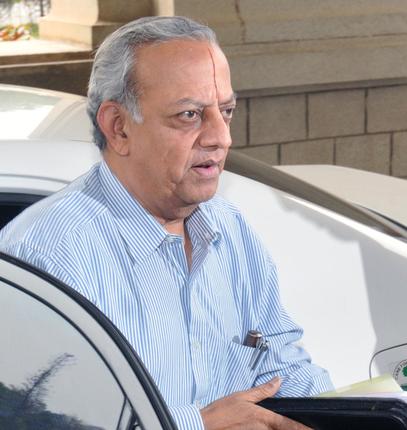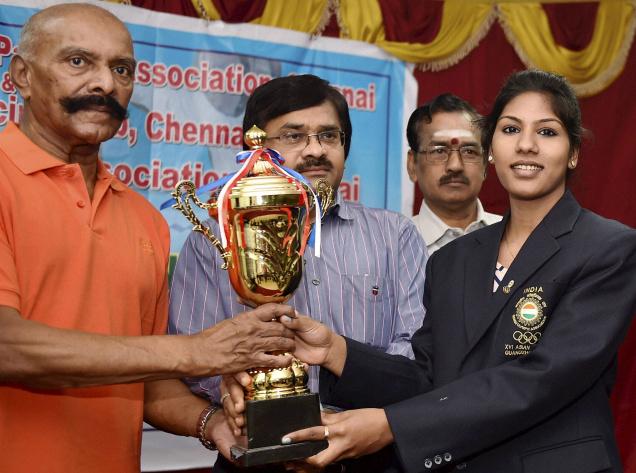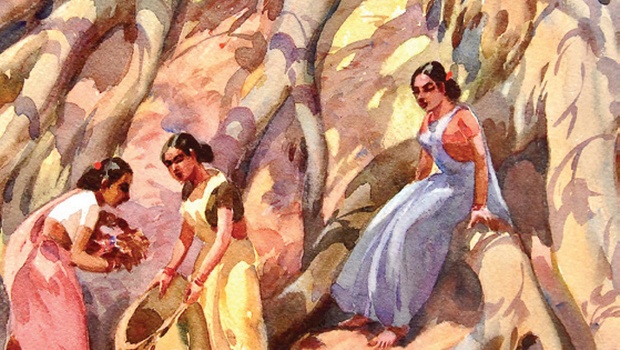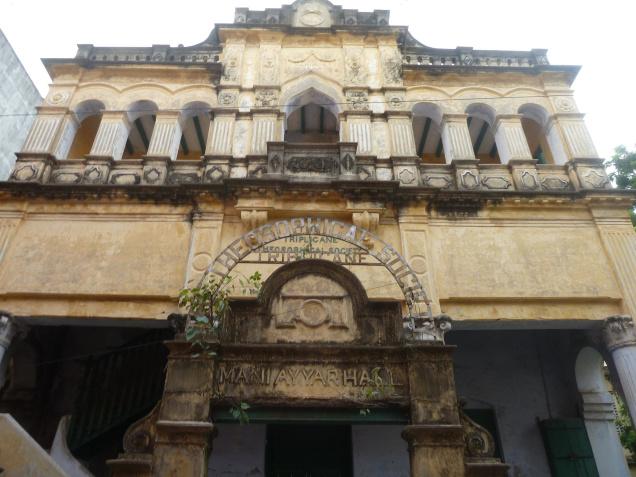Chennai :
It’s been happening across business India – traditional, family-run enterprises dispatching their offspring to business schools to power old engines with new tricks of the trade. Sivakasi’s dynastic pyrotechnic industry is no different. Firecracker manufacturers, who for years learnt rudimentary chemistry by watching and learning from their fathers on the factory floor, are now assisted by their children, whose understanding of chemical reactions is not empirical alone, but also theoretical.
“More third-generation scions with training in analytical chemistry and chemical engineering have been entering the industry,” says G Abiruben, president of Tamil Nadu Fireworks and Amorces Manufacturers Association. “In fact, many are actively opting for higher education in chemistry.”
The mom-and-pop enterprise that is the Indian fireworks industry stands to benefit greatly from the scientific knowhow young blood brings. “My dad knew of people who had an edge as they studied chemical engineering before taking over the business, so he encouraged me to do the same,” says 29-year-old Deepak Amarnath, whose time on the factory floor at Ravindra Fireworks had anyway sparked an interest in chemistry.
He proceeded to Chennai’s Sri Venkateswara College of Engineering, and transposed his learning to the family business.
“I understood the importance of testing for purity when purchasing chemicals. Several accidents might have occurred because of impurities. I insisted on sending samples to a chemical testing lab,” says Amarnath, who even installed an R&D lab of his own, but couldn’t sustain it beyond a year for want of trained technicians.
Amarnath believes the Indian fireworks industry is currently going through the same creative churn it did in the mid-90s when the stock-in-trade maroons (firecrackers and bombs) made room for ‘fancies’ or ariel fireworks.
Apparently, it was an explosives officer in Sivakasi who gave manufacturers the formula for ariels. Each manufacturer then improvised on the formula to produce new effects through trial and error.
The new crop wants to minimize the error in trials. “We know which chemicals react vigorously with each other under what conditions,” Amarnath points out. An example is the industry’s replication of Chinese fireworks. Indian-made fireworks use aluminum powder as fuel, while the Chinese use potassium perchlorate, which is friction-sensitive and has an ignition temperature of 530 degrees Celsius, much lower than the 850 degrees Celsius ignition temperature of aluminum powder. If potassium perchlorate is used here and not handled appropriately it could lead to an explosion.
Safe disposal is also an important lesson put to practice. “You’re not supposed to douse with water in some situations, or it can aggravate the reaction,” Amarnath cautions.
D Mathan, a chemical engineer who serves as director at Lima Fireworks (of brand Dragon), rues the fact that many new manufacturers don’t even understand the nature and liability of chemicals and simply combine them as per recipes downloaded from the internet. “Earlier manufacturers worked with fewer chemicals because their range of products was smaller, like the 100 Mala – a small cylindrical paper tube filled with bursting charge, which was a mixture of sulphur, aluminium and potassium nitrate, sealed at the bottom and top with mud, with a fuse inserted,” Mathan says. “As fireworks got more complex, issuing myriad light and sound effects, over 100 different chemicals were being used. Chemicals behave well in laboratories because they’re handled carefully and in small quantities. When handled outdoors they can be unsafe, particularly those that are friction-sensitive,” he says.
Incidentally, not everyone learns from the Internet. Manufacturers have also been going straight to the masters – the Chinese, inventors of fireworks and the world’s biggest manufacturers (with an annual domestic and export market pegged at Rs 80,000 crore). They visit Chinese firework factories, buy their technologies and machines, and pay for their technicians to come to India and hold master classes.
Gen Next is keen to innovate and improve safety standards and the quality of their wares. “My education has taught me methods and systems to minimize the accident rate,” says Amarnath. This young gun says he wants to prioritize safety first before developing new products like smokeless and fragrant fireworks.
According to Mathan, technicians in China hold diplomas and degrees in fireworks engineering. “Sadly, we don’t even have an R&D centre devoted to fireworks in India,” he rues. But Amarnath is hopeful. “One person alone can’t change the industry,” he says. But, as more youngsters push for research and development, he believes the firework industry will see new light.
source: http://www.timesofindia.indiatimes.com / The Times of India / Home> City> Chennai / by Joeanna Rebello , TNN / October 22nd, 2014




